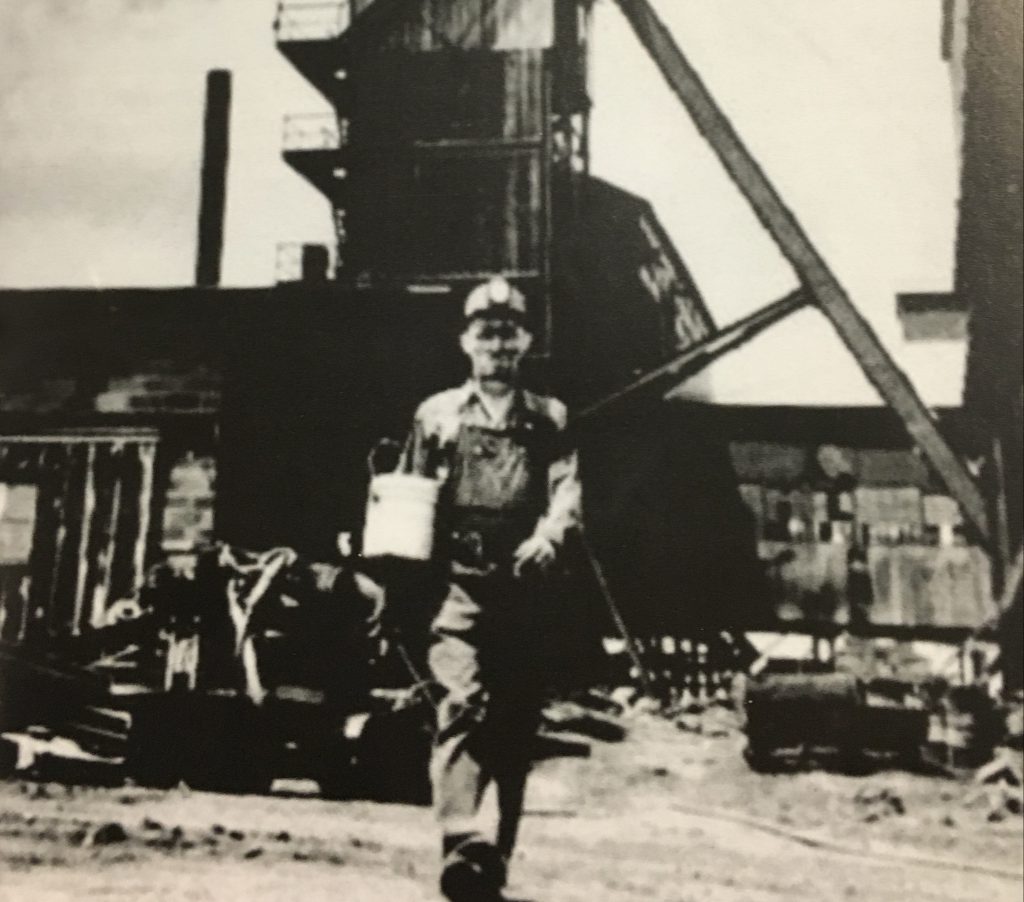In 1883, a group of Waukee businessmen first gathered to discuss the possibility that there may be coal in the area.
In 1919, a man named Mr. Harris began the undertaking of starting the area’s first coal mine.
In 1920, The Harris Coal Mine was established. A 417-foot mine shaft was dug and proper infrastructure was completed. The Harris Mine was located two and a half miles northeast of Hickman Road in Waukee. The mine closed in 1927.
The Shuler Coal Company operated from 1921 to 1949. It employed up to 500 men and used 32 mules. It was located on Douglas, about three-quarters of a mile east and slightly north of the Harris Mine—across the street from where Shuler Elementary School is today.
The work in the mines was very dangerous and required hard physical labor. Dangers included cave-ins and exposure to exhaust gases from carbide lamps. The working environment inside the mines was cramped, dark and dusty, and the temperature varied depending on the depth of the shaft. Small tools were used to put timbers in place to help prevent cave-ins. A siren would go off in the camp to alert workers and residents of accidents in the mine.
Carbide lamps were the main source of light inside the mines. Hand drills were used to place dynamite in coal veins, and the blasting was done mainly at night so other workers would not be in the area. In the morning, workers would break the coal into 20- to 50-pound pieces to be loaded into coal cars and brought to the surface. Mules pulled the coal carts to elevators, which brought the carts up to the surface. One of these mules was named Pete (pictured). Pete the mule worked for 28 years at the Shuler Mine. He eventually lost his eyesight from being in the dark for so many years, but regained it after his retirement.
The mines provided an economical opportunity for immigrants from Italy and central European countries. The Shuler Mine Camp had family housing, a gas station used for fuel and car repair, a general store, a tavern and a school for the miners’ children. The families were sustained by seasonal gardens, fish, wildlife and items sold at the general store. Miners would gather inside the store and tavern to socialize.
The Shuler Camp had many activities for everyone, from music groups to a baseball team. Accordion music was very popular. In the summertime, swimming in area gravel pits was a favorite activity among the children. Many of them would attend Bible camps in the summer, as well.
When the Shuler Mine closed in 1949, foreman Donald Cruikshank (pictured) was the last man out. He worked his entire adult life in the coal mining industry.
